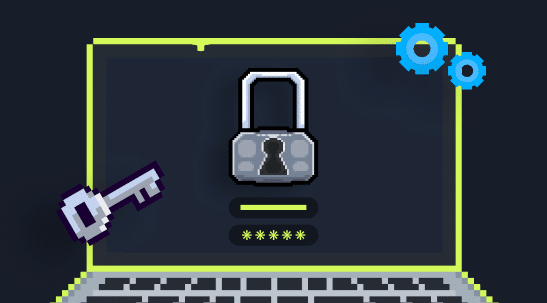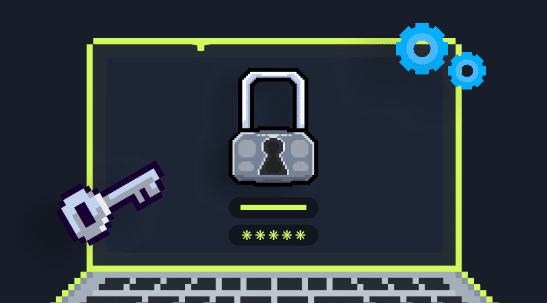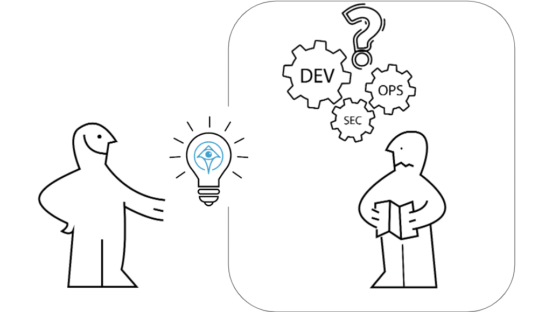IAM vs PAM: How are they different?

Ofir Stein
October 1, 2023


The digital world has become a hub for organizational data and sensitive information. It is essential to manage this information and protect it from unwanted breaches and threats. That’s where cybersecurity and access control come into the picture. Privileged Access Management (PAM) and Identity and Access Management (IAM) are two crucial concepts that organizations must consider when securing their digital assets.
Identity and access management (IAM) and privileged access management (PAM) are two related but distinct concepts that organizations use to manage their security policies and user access rights.
IAM vs PAM
PAM deals with providing privileged users, such as system administrators, database administrators, and IT managers, with access to sensitive information or assets. It controls the user’s actions and limits their access to only necessary information, thereby minimizing the risk of any potential breaches. In contrast, IAM manages user access to a company’s information and resources based on their role, job, or other relevant factors. IAM also enables the administrators to revoke access rights if they leave the company or change their roles.
To paint a more vivid picture, imagine a secure room in a building that contains critical company information. The PAM system will restrict access to this room and only allow specific individuals with proper authorization and clearance to enter the room. Furthermore, PAM would limit the authorized personnel’s time within the room, logging all their activities and actions to monitor their use. Conversely, the IAM system will limit the access of each employee within the company’s premises based on their job roles, only giving access to the information necessary to fulfill their job duties.
In conclusion, PAM and IAM serve different functions but are both vital in securing organizational data and assets. Understanding these concepts and their functionalities is crucial to ensure the safety and confidentiality of digital information. Organizations must ensure they adopt a suitable combination of PAM and IAM tools to control access to information effectively.
IAM vs PAM
IAM focuses on controlling access to a broader range of resources, such as applications, data, and services, for all types of users within an organization, from employees to partners, contractors, and customers. IAM solutions provide centralized and automated tools to manage user authentication, authorization, and identity provisioning, including password policies, single sign-on (SSO), multi-factor authentication (MFA), and role-based access control (RBAC). IAM is often integrated with other security systems and compliance frameworks, such as audit logs and identity governance, risk, and compliance (GRC).
Key features of IAM include:
- User provisioning and de-provisioning: Managing user accounts and access privileges throughout their lifecycle, including onboarding, changes, and offboarding.
- Authentication and authorization: Verifying the identity of users and granting them appropriate permissions based on their roles and responsibilities.
- Single Sign-On (SSO): Allowing users to access multiple applications and services with a single set of credentials.
- Multi-factor authentication (MFA): Enhancing security by requiring multiple forms of authentication.
- Role-based access control (RBAC): Assigning permissions based on job roles or responsibilities.
- Auditing and reporting: Monitoring and recording user access activities for compliance and security purposes.
PAM vs IAM
On the other hand, PAM deals with managing privileged or administrative access to critical systems, applications, and data, that are crucial for maintaining the IT infrastructure and operations. PAM solutions are designed to control and monitor the actions of privileged users, such as IT administrators, network engineers, and DevOps staff, who have extensive access to sensitive resources and can cause severe damage if misused or compromised. PAM tools provide features such as session recording, password rotation, workflow approval, and just-in-time (JIT) access, to reduce the risk of insider threats and external attacks that exploit privileged credentials.
Key features of PAM include:
- Privileged account discovery. Identifying and cataloging privileged accounts and their associated assets.
- Password management. Ensuring strong and frequently rotated passwords for privileged accounts.
- Just-in-time access. Granting temporary and controlled access to privileged accounts only when needed.
- Session monitoring and recording. Capturing and monitoring activities performed by privileged users for audit and forensic purposes.
- Privilege elevation. Providing a secure and audited way to elevate a user’s access privileges as needed.
- Least privilege principle. Restricting privileged users to the minimum level of access required to perform their tasks.
PAM vs IAM Summary
IAM focuses on managing access rights for all users across an organization, while PAM specifically deals with securing and controlling privileged access to sensitive systems and data. Both IAM and PAM are essential components of a comprehensive security strategy, working together to minimize security risks and maintain compliance with industry standards and regulations.
About Apono, a Gartner-approved solution
Apono is a granular permission control solution that offers fine-grained access policies to cloud assets. Apono integrates directly with the specific service or resource type. This allows us to change the permissions at the resource level itself, for example a specific collection or table in your data repository instead of the entire cluster. Our solution allows for control of specific roles and permissions of each resource type and service from one central tool, bringing a unified privilege control plane to the admin, with workflows and audit capabilities on top.





